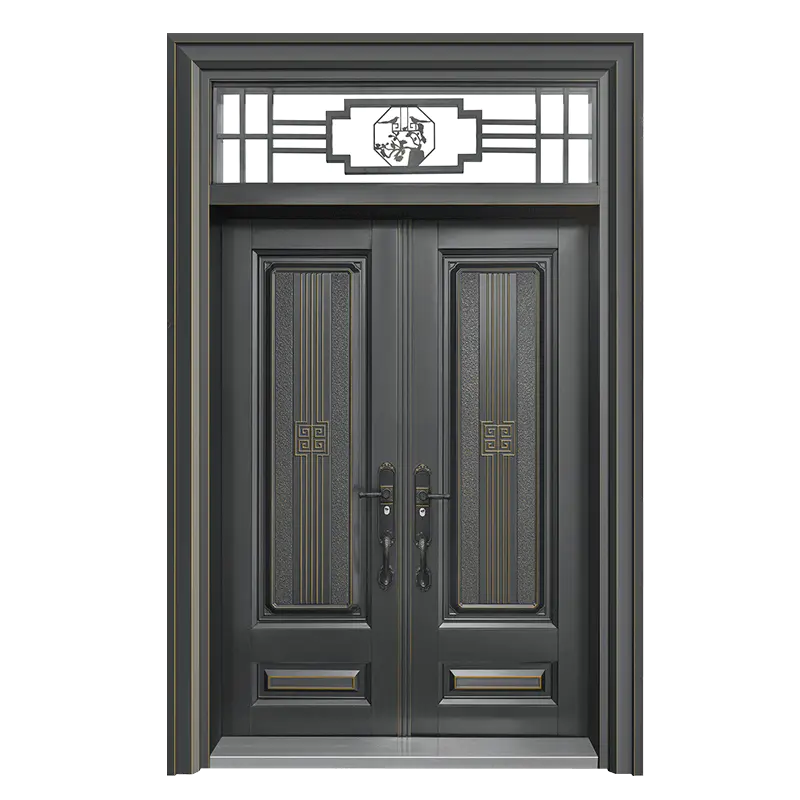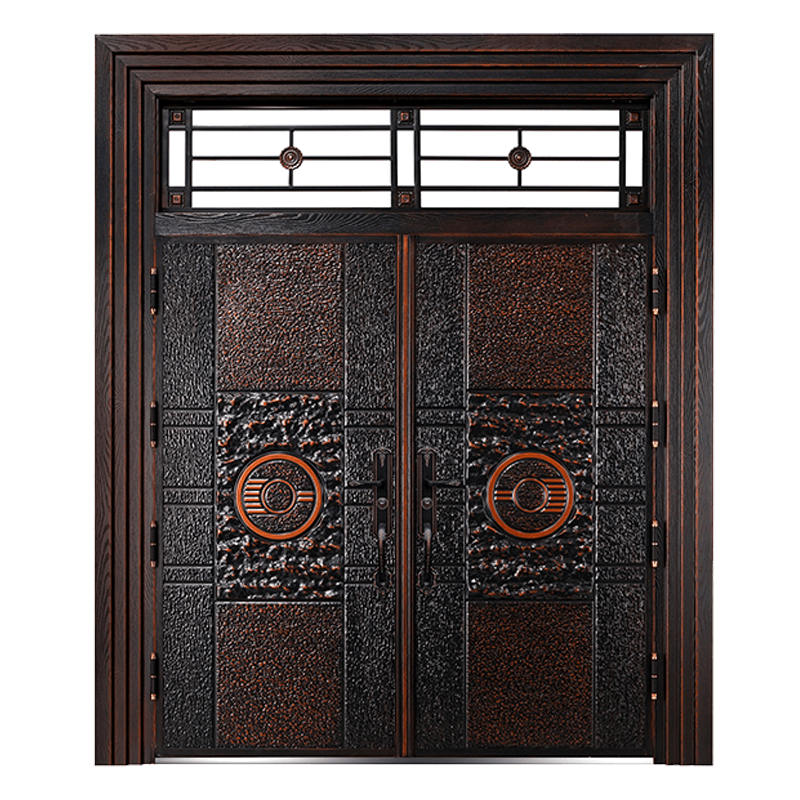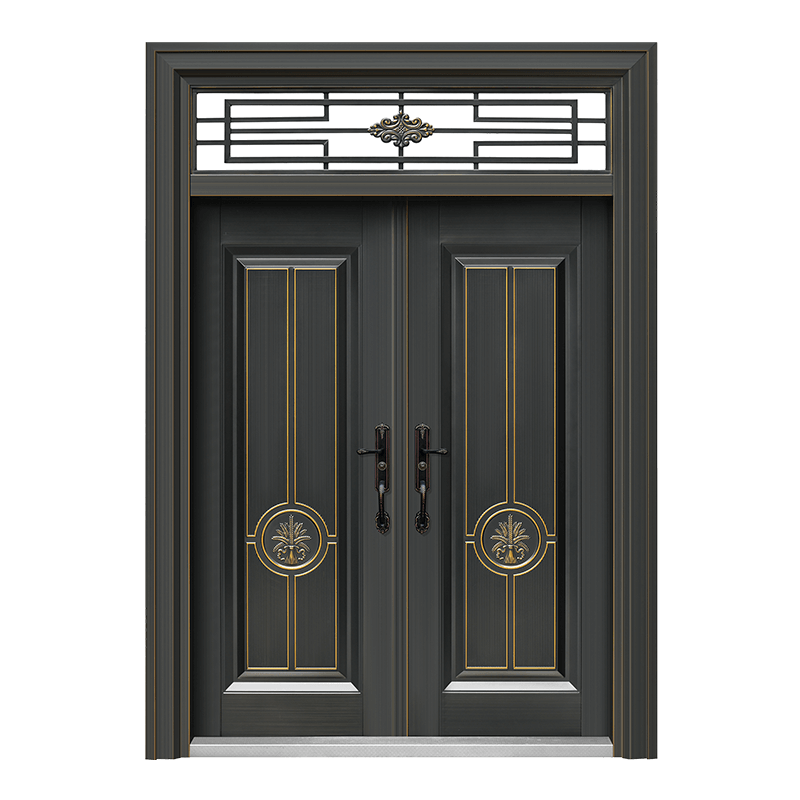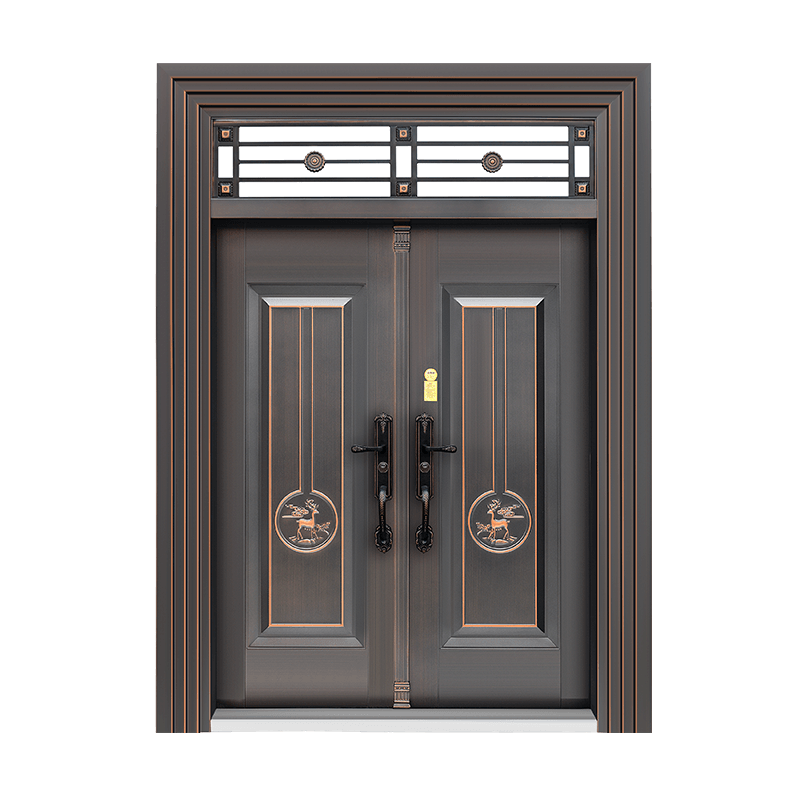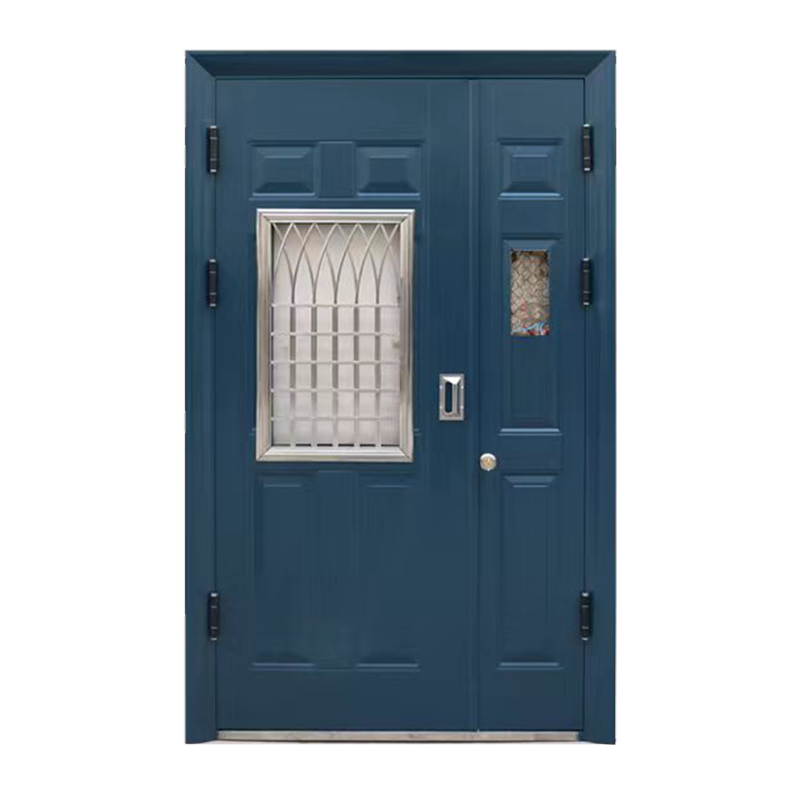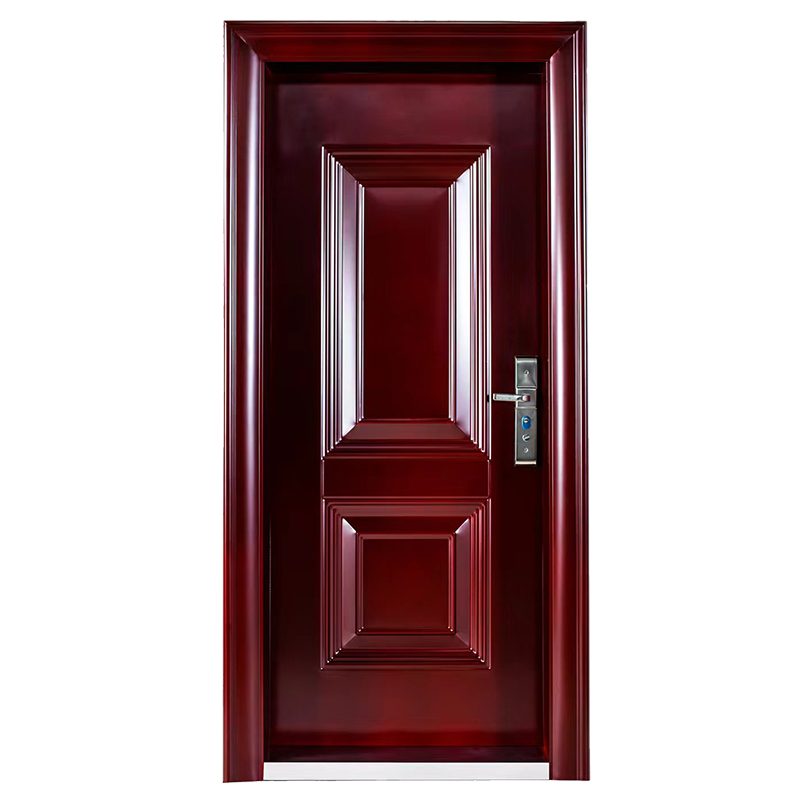Assessing the Performance of Kitchen And Bathroom Steel Doors Across Various Climate Conditions
Jul 18, 2025
Introduction to Climate Impact on Door Performance
The choice of a door for kitchens and bathrooms is often influenced by environmental factors, particularly the local climate. The Kitchen And Bathroom Steel Door has gained popularity due to its strength and resilience. However, its performance can vary significantly depending on whether it is installed in humid, dry, cold, or coastal climates. Understanding how this door type reacts under different weather conditions is crucial for ensuring long-term durability and functionality.
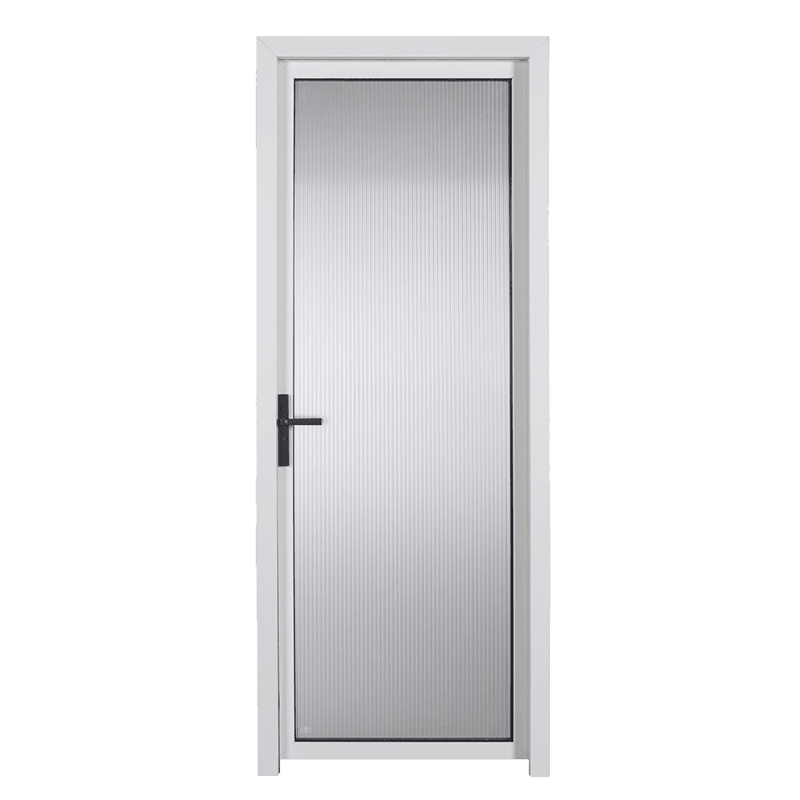
Behavior in Humid and Tropical Climates
In humid and tropical environments, moisture and high humidity levels are constant challenges. The Kitchen and Bathroom Steel Door’s metal construction and protective coatings are designed to resist rust and corrosion, which are common issues in such climates. High-quality powder coatings and galvanization prevent water penetration, protecting the door surface from deterioration. However, inadequate maintenance or poor-quality finishes may cause peeling or rust spots over time, so regular upkeep is essential.
Performance in Cold and Frosty Regions
Cold climates present a different set of challenges, including freezing temperatures and potential frost formation. Steel doors are less susceptible to warping or cracking compared to wood, which can expand and contract with temperature changes. The Kitchen and Bathroom Steel Door’s solid build provides stability during temperature fluctuations. Insulation properties are also important in cold climates to prevent heat loss, and some steel doors come with insulated cores that enhance thermal efficiency while maintaining weather resistance.
Suitability for Dry and Arid Climates
In dry regions, the primary concern is less about moisture and more about heat and intense sunlight. The steel door’s protective coatings safeguard against UV damage, preventing fading and surface degradation. Unlike wooden doors, which can dry out and crack under intense sunlight, steel maintains its structural integrity. However, heat can sometimes cause expansion of metal components, so quality manufacturing with allowances for thermal movement ensures the Kitchen And Bathroom Steel Door remains functional without warping.
Resistance to Coastal and Saline Environments
Coastal areas pose a unique threat due to salt in the air, which accelerates corrosion. The Kitchen and Bathroom Steel Door in these regions must have enhanced corrosion-resistant treatments, such as marine-grade coatings or specialized galvanization. Regular cleaning and maintenance are crucial to remove salt deposits and prevent surface damage. When properly protected, steel doors can outperform many other materials in coastal climates by maintaining their appearance and structural strength.
Installation and Maintenance Considerations Across Climates
No matter the climate, the proper installation of the Kitchen and Bathroom Steel Door is vital to its performance. Sealing edges and joints against moisture ingress and ensuring correct alignment contribute to weather resistance. Maintenance routines should be adapted based on local environmental factors — for instance, more frequent inspections in coastal or humid zones, and checks for thermal damage in arid areas. This proactive care extends the door’s lifespan and retains its functional qualities.
Conclusion
The Kitchen and Bathroom Steel Door demonstrates good adaptability across diverse climate conditions when manufactured and maintained properly. Its resilience to moisture, temperature extremes, and corrosive environments makes it a good choice for kitchens and bathrooms in many parts of the world. Awareness of specific climate challenges and tailoring installation and upkeep accordingly will ensure that this type of steel door delivers reliable performance and lasting durability regardless of the weather conditions it faces.

 English
English 中文简体
中文简体 Français
Français Español
Español عربى
عربى